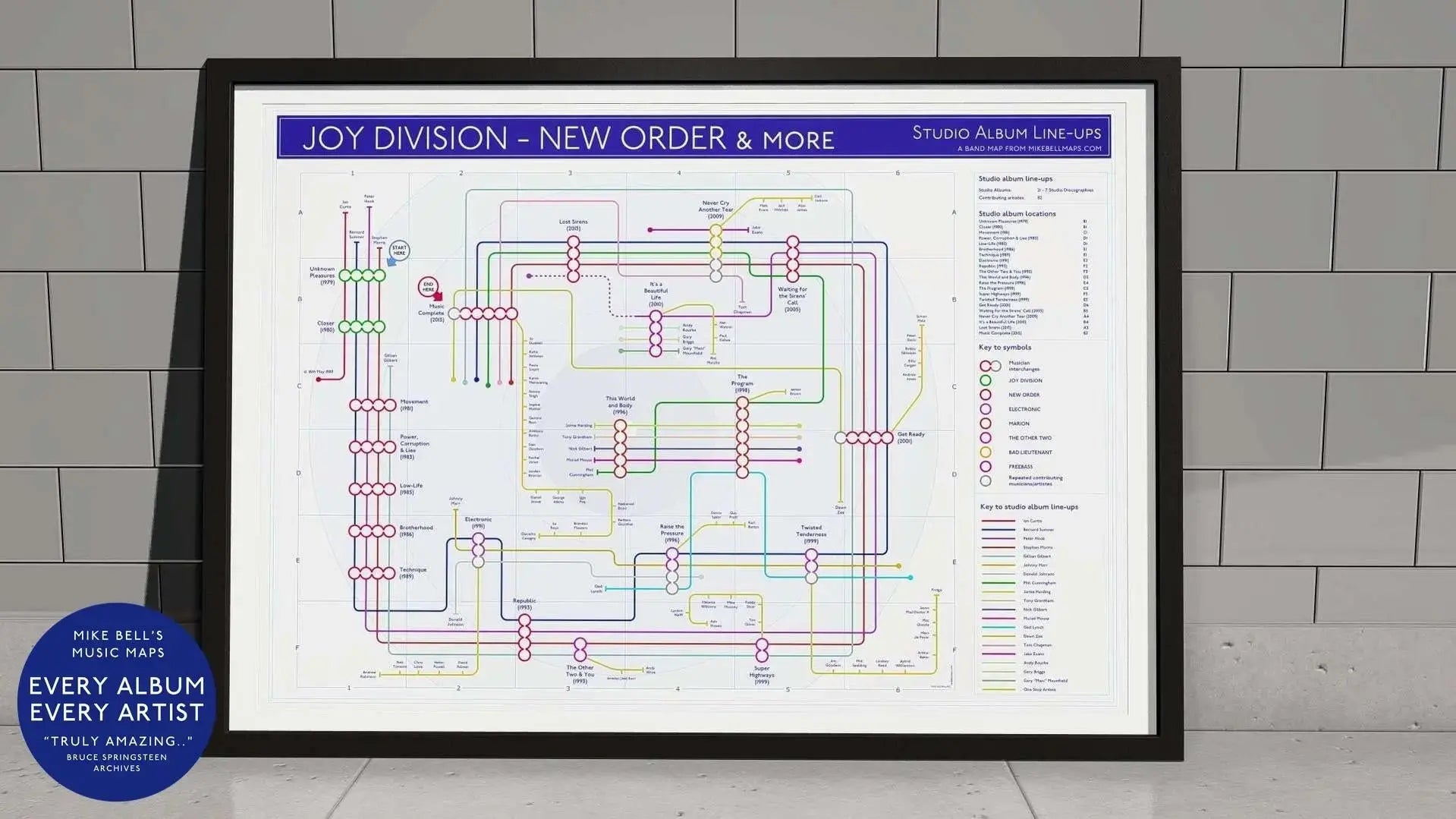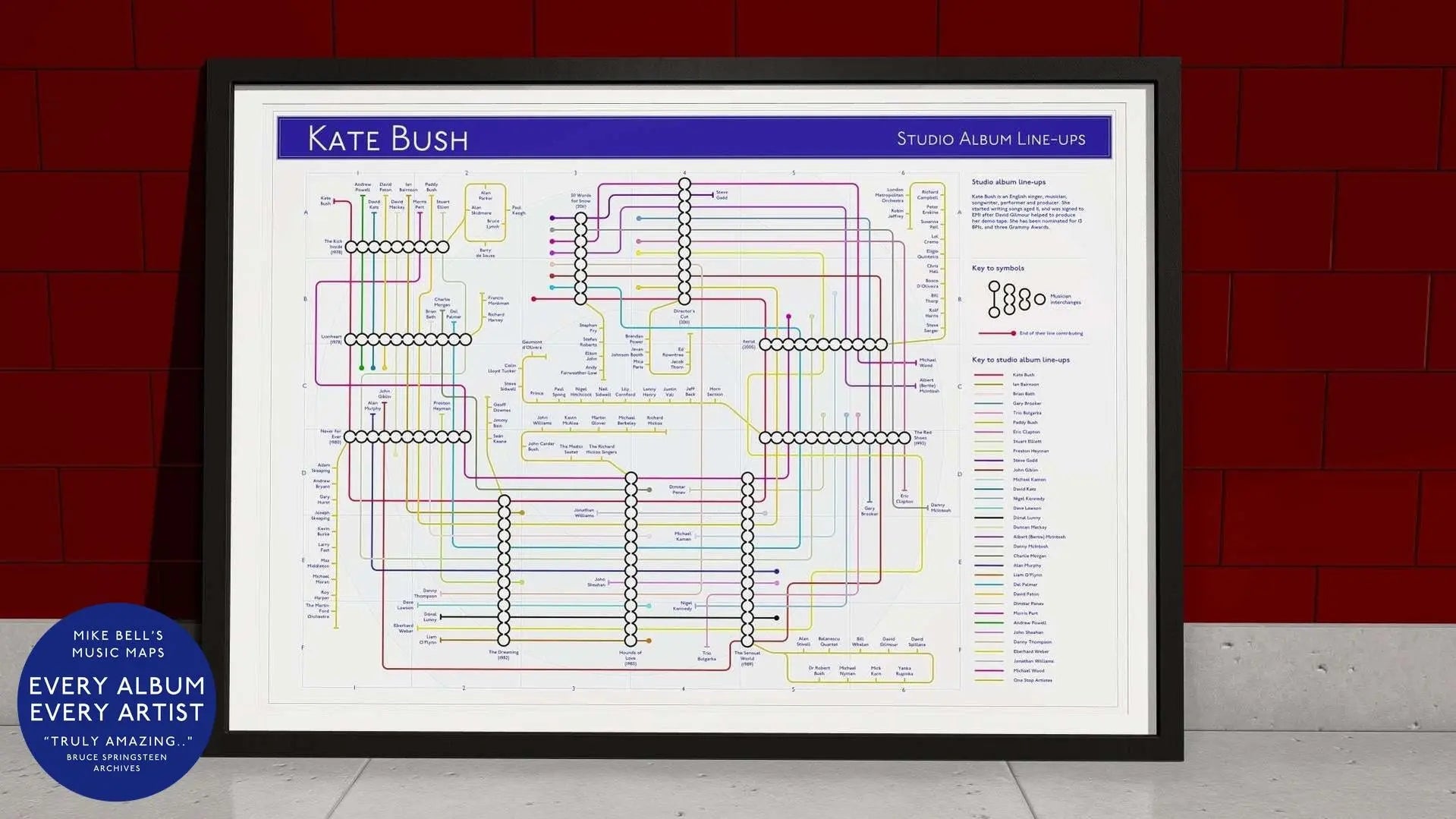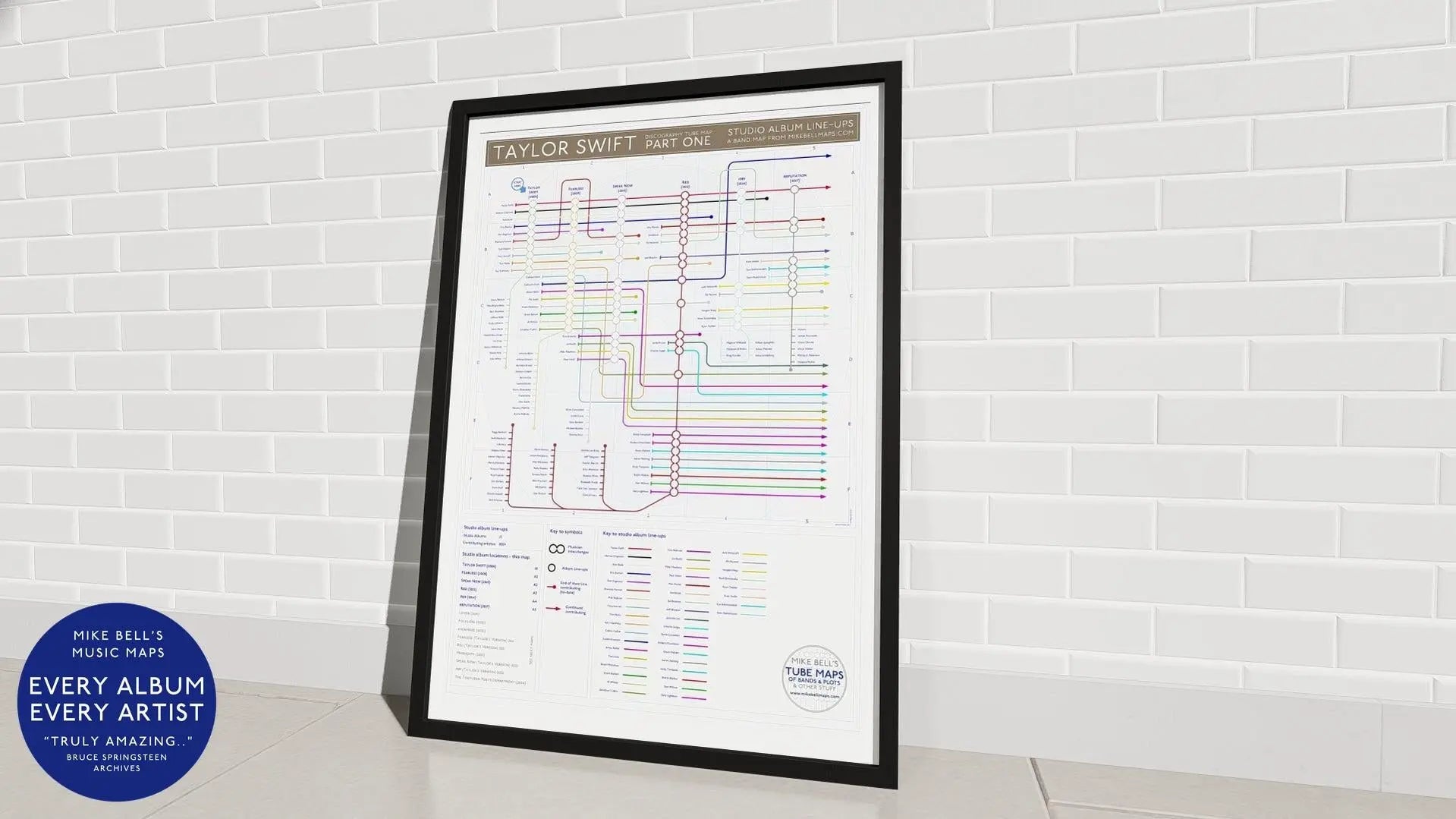
Morrissey vs Marr - What Difference Does It Make?
by Mike Bell
·
After The Smiths broke up, Morrissey vs Marr ensued - and both took very different paths.
Morrissey’s solo career was commercially successful, with UK number-one albums like Viva Hate (1988) and hit singles like “Suedehead.”
Meanwhile, Marr explored a broader musical landscape through collaborations and experimental genres, showcasing his remarkable guitar versatility.
While Morrissey became increasingly controversial in the public eye, Marr maintained a music-first image, earning respect for his creative consistency.
Morrissey’s Solo Journey: From Viva Hate to I Am Not a Dog on a Chain
Morrissey launched his solo career with Viva Hate in 1988, which debuted at number one in the UK. This album, which included fan favourites like “Suedehead” and “Everyday Is Like Sunday,” set the tone for his lyrical style—deep, introspective, and unafraid to confront themes of identity, loss, and societal discomfort.

Throughout the 1990s, Morrissey released critically acclaimed records like Your Arsenal (1992) and Vauxhall and I (1994). The latter stood out for its emotional songwriting and tracks like “The More You Ignore Me, The Closer I Get.” Into the 2000s, Morrissey returned to the spotlight with You Are the Quarry (2004), featuring the powerful anthem “Irish Blood, English Heart.” Albums like World Peace Is None of Your Business (2014) and I Am Not a Dog on a Chain (2020) reflect his continued commitment to lyrical exploration.
Although he enjoyed commercial success, critical reception was mixed. Some records, like Vauxhall and I, received widespread praise, while others, such as Kill Uncle (1991), were seen as uneven. Morrissey’s influence on singer-songwriters remains strong, even as his political commentary and public image sparked ongoing debate.
Johnny Marr’s Diverse Musical Path
Johnny Marr’s post-Smiths career started with the band Electronic, formed with Bernard Sumner. They released Electronic (1991) and Raise the Pressure (1996), blending rock and electronic styles. Marr went on to work with The The, Modest Mouse (“We Were Dead Before the Ship Even Sank,” 2007), and The Cribs, demonstrating his versatility.

His solo career launched with The Messenger (2013), followed by Playland (2014), Call the Comet (2018), and Fever Dreams Pts 1–4 (2022). These albums received strong reviews for their blend of rock, synth, and pop influences. Marr also worked as a session musician with artists like Pet Shop Boys, Talking Heads, and Hans Zimmer—notably on the Amazing Spider-Man 2 soundtrack.
Critics continue to praise Marr’s musicianship, especially his guitar work, which remains innovative and widely influential. While his solo albums didn’t dominate the charts like Morrissey’s, his contribution to modern guitar music is undeniable.
Morrissey vs Marr - Comparison Highlights
- Style and Evolution: Morrissey’s music leaned on melancholic, lyrical depth, while Marr experimented with multiple genres and sounds.
- Commercial Success: Morrissey had more number-one albums, but Marr found acclaim through collaboration and creative evolution.
- Critical Acclaim and Influence: Both are deeply influential in their own right—Morrissey among lyricists, Marr among guitarists.
- Public Image: Morrissey’s outspoken views often dominated headlines, whereas Marr kept the focus on his music.
Visualising the Split: The Smiths and Beyond
Conclusion: Morrissey vs Marr
When comparing Morrissey and Marr, their post-Smiths paths highlight two very different approaches to musical legacy. Morrissey focused on introspective lyricism and chart success, while Marr forged a versatile and critically respected career grounded in collaboration and innovation. Together, they shaped one of Britain’s most influential bands—apart, they continued to inspire generations in distinct ways.



















































1 comment
Marr can’t sing or write lyrics whilst Morrissey can’t play guitar or write tunes. Oh well enough said.